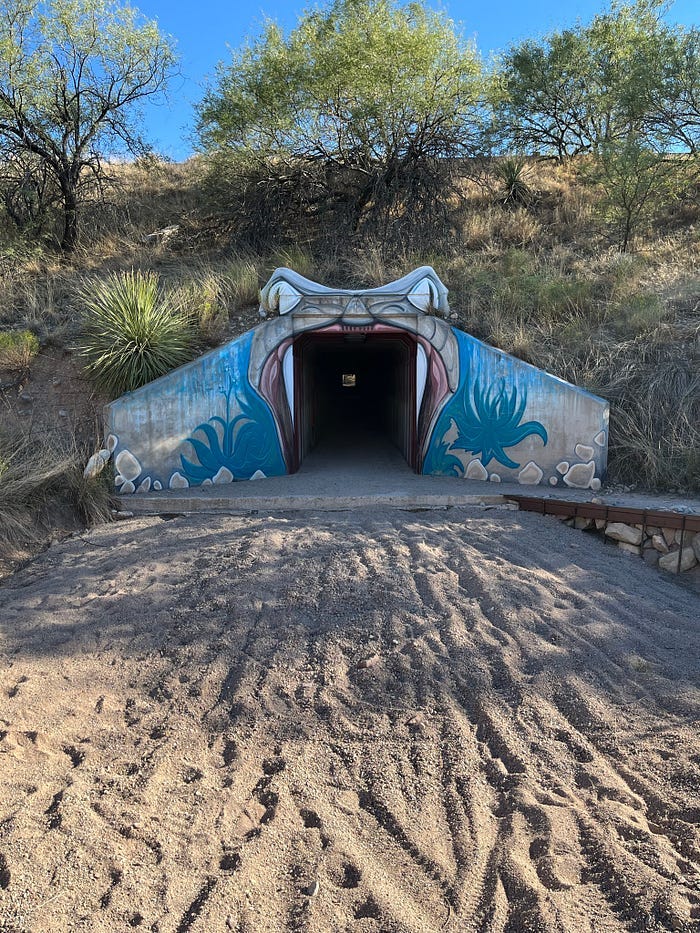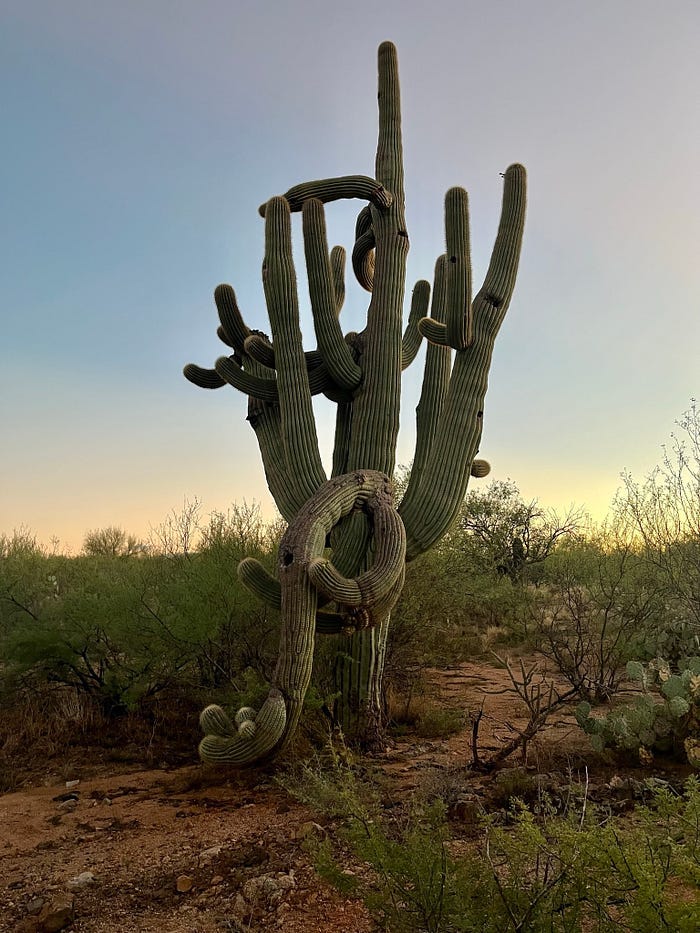There's Something About a Run in the Rain
Adventure, exploration, and learning how to play again
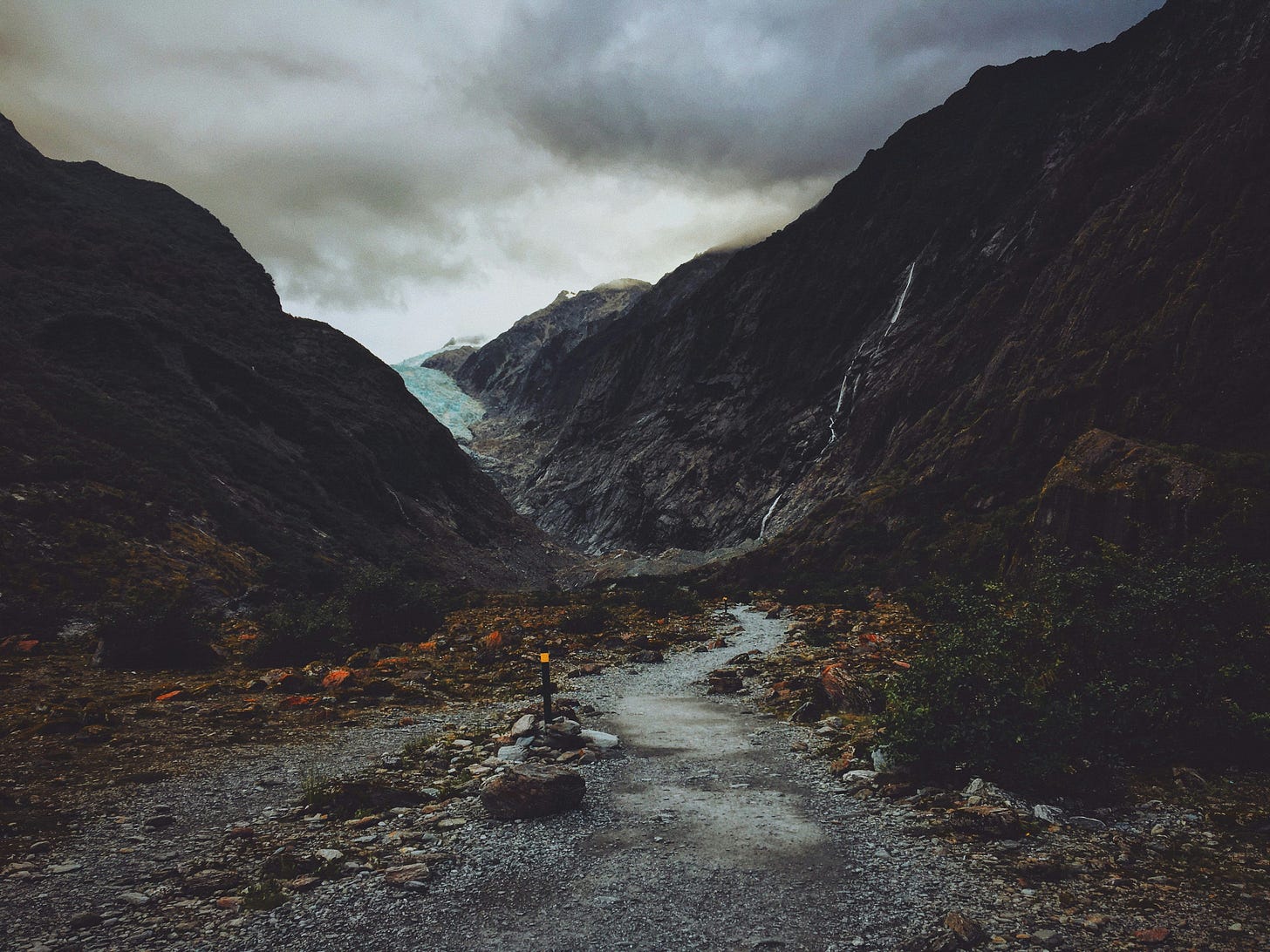
“…I don’t just wish you rain, Beloved — I wish you the beauty of storms…”
― John Geddes
About a mile and a half from the trailhead where my car was, I got caught in a storm. It was cloudy all day, but the weather wasn’t calling for rain for a few more hours. As many runners often mistakenly do, I thought I had plenty of time to get in my run. Unfortunately, Mother Nature didn’t pay attention to the forecast and decided she needed to show up a couple of hours early.
It was one of those cold, sideways, between sleet and hail type of storms, and windy in the way that blows over semi-trucks on those flat, open plains. I was soaked within a minute, my shoes and socks sloshing as I tried to not trip on the rocky downhill.
With about a mile left, I took a quick break in the snake tunnel, a pedestrian passageway under Interstate 10. The rain was coming down hard, and I had to decide to go for it or wait it out. I had no idea about the forecast and whether it would worsen or let up, but it didn’t matter. The rain was there — no need to check if something was already happening.
Years ago, I would’ve waited. I would’ve stayed in that tunnel until the rain and wind stopped or slowed down enough that I felt it was safer. And maybe I should’ve stayed this time.
But I went for it. I ran into the pouring, windy, sideways, chilly rain. If only briefly, I was a child again. I was on an adventure, soaked to the bone, and loving every single minute of it.
I live in the Sonoran Desert where the average rainfall per year is only 12 inches. The majority of rain (40–50%) comes during monsoon season, which officially runs from mid-June until the end of September.
The Sonoran Desert covers 120,000 square miles (310,800 sq km) spanning Mexico, California, and Arizona. It’s diverse and is “home to at least 60 species of mammals, more than 350 bird species, 20 amphibians, some 100 reptiles, and about 30 species of native fish. More than 2,000 species of plants have been identified in the Sonoran Desert.”
It is the only place where the Saguaro Cactus grows in the wild and has the hottest surface temperature in the United States. Despite the hot temperatures, the Sonoran Desert is the wettest in the world. The Saguaro Cactus is an iconic part of the desert and is protected under Arizona law. They can store hundreds of gallons of water to survive drought and can weigh over two tons when full.
They grow slowly and after 10 years they might only be 1.5 inches. The arms of the Saguaro can take up to 90 years to grow, but generally start at around 70 years of age. Age is difficult to determine, but many of these incredible plants can live to be over 200 years old, and reach heights of 50–60 feet.
Like the Saguaro Cactus, rain (and water) is a precious commodity here. Combining it all with a run is something to be grateful for. That’s one reason I went for it after the snake tunnel — it’s not often I get to run in the rain. To play. To add a little spice to an already fun adventure.
I run for a lot of reasons — the scenery, the mental and physical health benefits, to heal, to be a better person and father. But I’m also out there to explore, to have an adventure, to break away from the mundanity and futility of it all.
I’m also realizing that I’ve forgotten how to live. To enjoy a lot of the activities I used to do when I was younger. To not be such an adult.
So, I’m on a quest to get back what I’ve lost.
“We don’t stop playing because we grow old; we grow old because we stop playing.”
— George Bernard Shaw
As a kid, I explored the woods for hours at a time. Adventure was a must. Climbing trees, building forts, and being outside on your own and with friends was the perfect day. We’d catch lightning bugs, roll down hills, build igloos in the winter, play flashlight tag in the summer, jump on trampolines in all weather, and enjoy the freedom we had. Our parents let us be, yelling out the front or back door (according to where we were in the neighborhood) that it was time to come home. Dinner was on the table and you better not be late. We’d run home disappointed that the day was over while also excited about planning the next day’s adventures. There were no cell phones, no social media, and the outside was our TV screen.
Those times were a way to escape, even though as a child I didn’t know that’s what I was doing. I needed respite from life, my siblings, and mostly my parents, even at such a young age. We played cops and robbers, war, cowboys and Indians, and whatever else we could imagine. Unlike my home, outside was safe. It was what the world should’ve been, even in my limited experience.
I’m not sure exactly when the world changed so much.
We played, something so many of us have forgotten how to do.
When I researched about running in the rain, it was mostly articles and stories involving children. There were, of course, tips on how to run in the rain, but little on the benefits. There also wasn’t much about adults except that men are more than twice as likely to die in a thunderstorm than women. Not surprising, as we aren’t the smartest creatures at times, especially with thunderstorms. Touché.
But play is beneficial to both children and adults — whether or not it’s in the rain.
Dr. Stuart Brown, founder of the National Institute for Play and author of Play: How it Shapes the Brain, Opens the Imagination, and Invigorates the Soul, describes play as “something done for its own sake. It’s voluntary, it’s pleasurable, it offers a sense of engagement, it takes you out of time. And the act itself is more important than the outcome.”
Brown also believes that when play is not a regular part of life, the effect can be detrimental. “What you begin to see when there’s major play deprivation in an otherwise competent adult is that they’re not much fun to be around,” he says. “You begin to see that the perseverance and joy in work is lessened and that life is much more laborious.”
However, play helps counteract those detrimental effects according to University of Wisconsin psychologist Shilagh Mirgain, PhD. She explains that “play helps relieve stress, boosts creativity, improves our mood and outlook and keeps our minds sharp. It also improves our relationships with others.”
“In play we find the freedom to color outside the lines of our life. There is a learning that comes from this unstructured time. It allows us to tap into our imagination, try different things and not be afraid to fail along the way.”
Another interesting finding is that play can positively affect those dealing with type 1 diabetes. “Daily play was linked to better mood, greater diabetes disclosure to one’s partner, greater support received from one’s partner, and greater perceived coping effectiveness with the day’s most important diabetes and general stressors.” While the study has limitations, it shows that play is important to overall health.
These findings aren’t surprising, though. Play is important, whether you are a child or an adult.
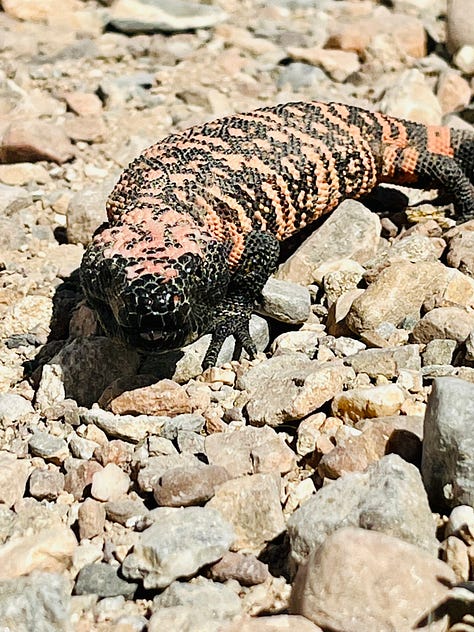
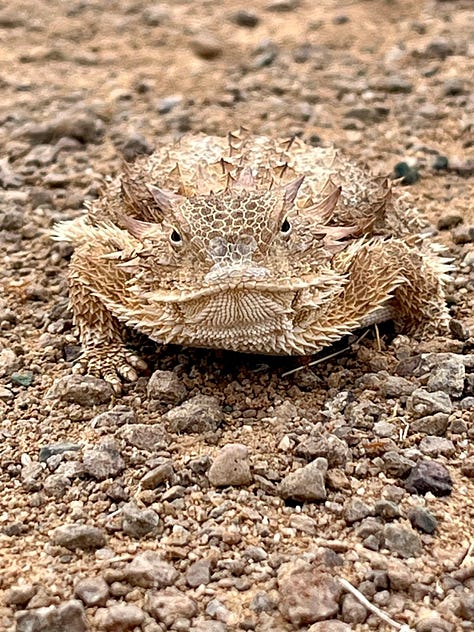
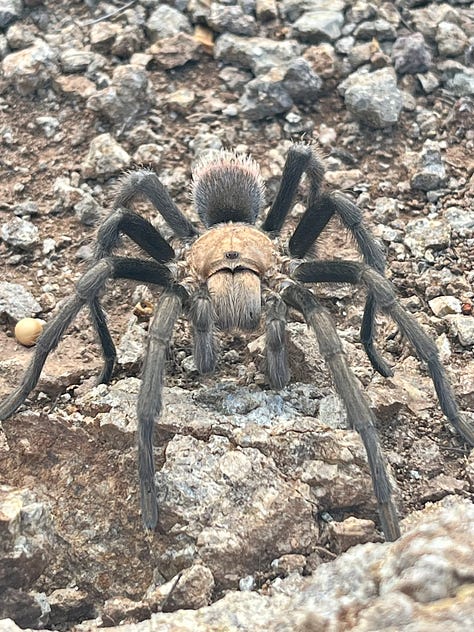

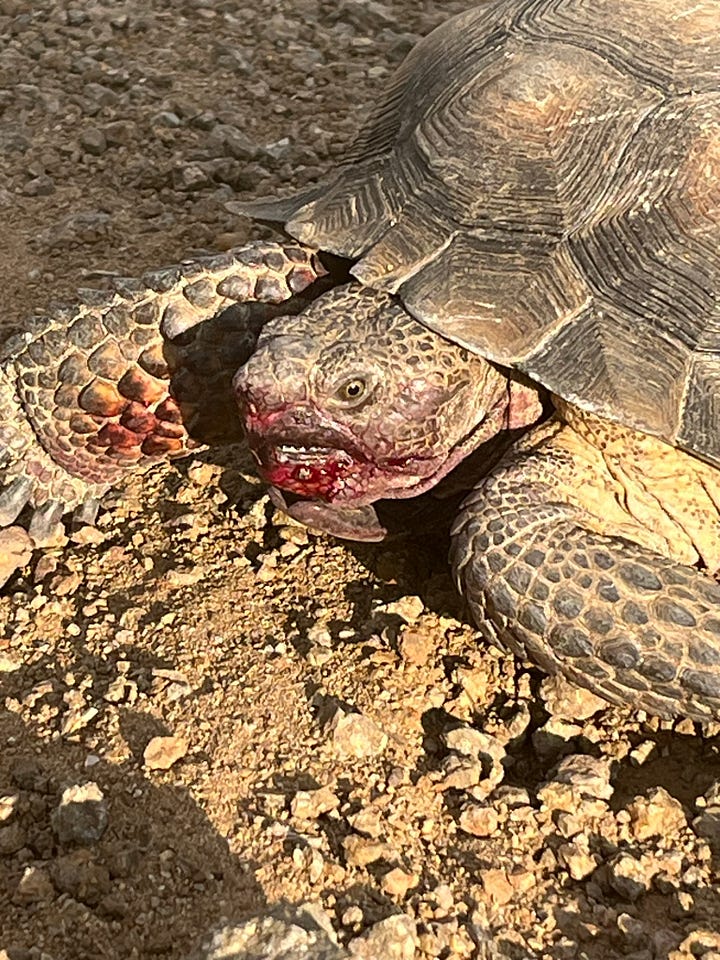
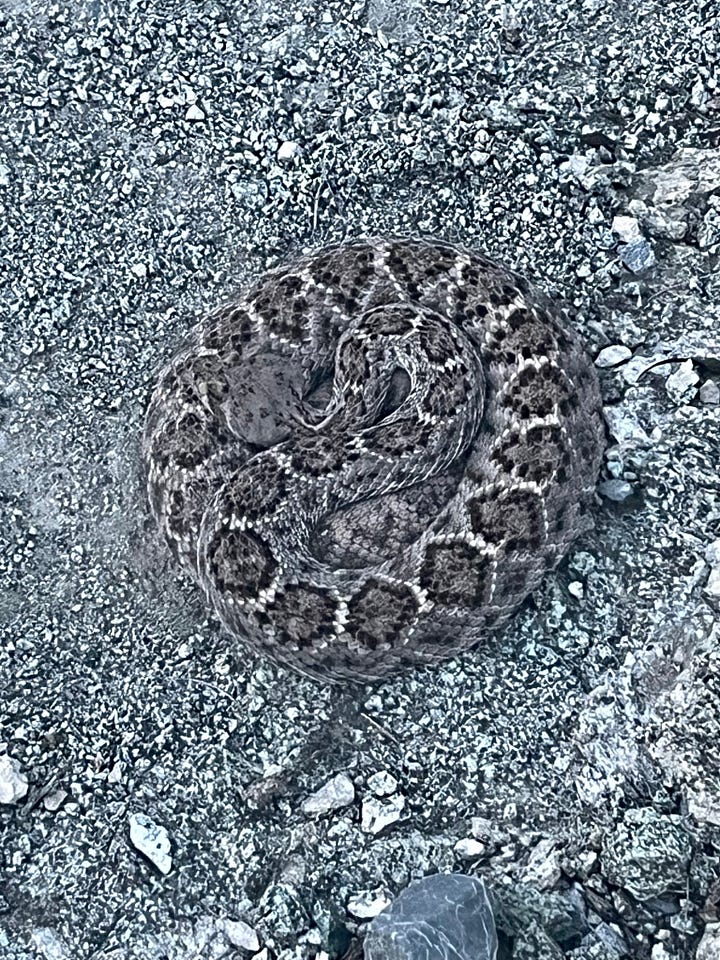
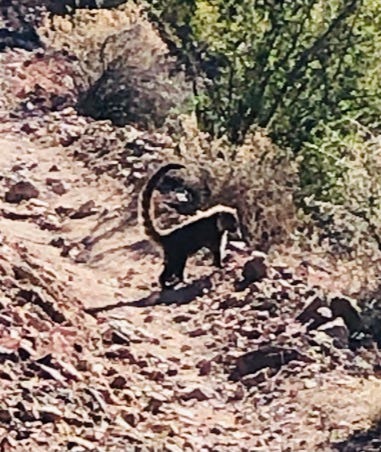
I spend a lot of time on my trail runs enjoying the scenery. I stop often, many times venturing off trail to areas not well-traveled to see what I can find. I’ve found old cars in places they shouldn’t be, graffitied underpasses in the middle of nowhere, train tracks that haven’t seen foot traffic in years, and plenty of wildlife. But on these excursions, what I mostly find is happiness. They take me back to that adventurous spirit I had as a child. Exploring. Going places where few people have been. Feeling alive.
Trail running is about getting out to play. It’s about having fun, something we’ve seemed to have lost regarding physical activity. Many focus solely on weight, appearance, and stress management. While there’s nothing wrong with that, it makes exercise somewhat of a chore — something that needs to be done rather than something that wants to be done.
As one study says, “Developing strategies to reframe physical activity rather as ‘fun’ and less as functional may be one way to engage inactive individuals in physical activity in leisure settings.”
So maybe the next time it rains, head outside. Find a trail. Jump in a puddle. Go for a run or a walk. Stand in the street and let the water flow over your feet like you did as a child. Make exercise fun. And even if it’s not raining, you can still go on an adventure. You can still play, explore, and pretend to be a child again. All it takes is a little imagination.
Just don’t go out during a storm, especially if you are a man.
“Do not be angry with the rain; it simply does not know how to fall upwards.”
― Vladimir Nabokov
©Copyright Jeff Barton, 2024. All Rights Reserved.
Originally published on Medium on Apr 20, 2024.
Disclosure: The link to the book above is an affiliate link, meaning, at no additional cost to you, I will make a commission if you click through and make a purchase. As an Amazon Associate, I earn from qualifying purchases.
This article was inspired by a dad I follow on Instagram and his two children, OG Baby and New Baby (not their real names in case you were wondering). Their outdoor adventures are something to be treasured. It’s the good side of Instagram. 10/10.



